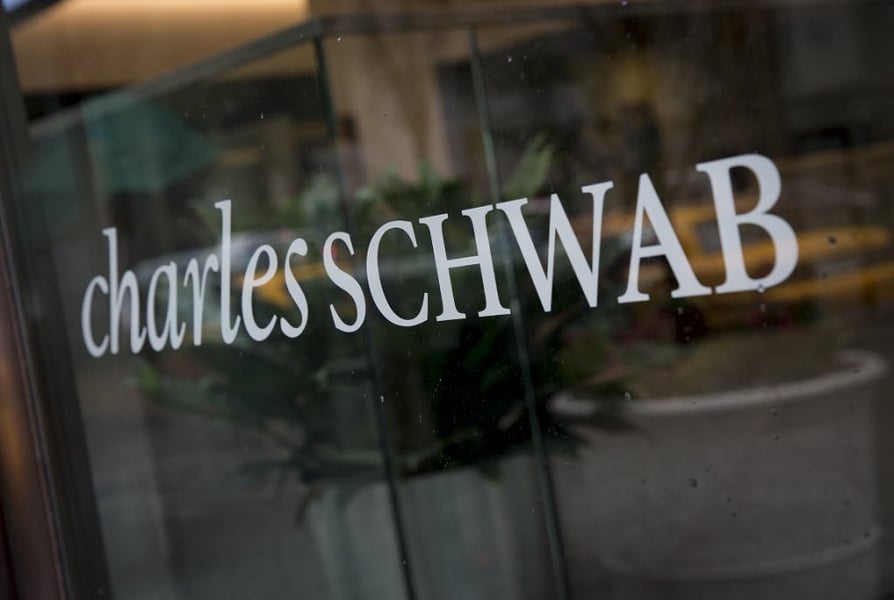

Charles Schwab Corp. expects its revenue to slide as much as 11% in the second quarter compared with a year earlier, the company’s chief financial officer, Peter Crawford, said in a statement Wednesday.
The forecast is the latest sign that higher rates and changing customer behavior have strained the brokerage. Schwab is enduring a squeeze on its net interest margin as it borrows from the Federal Home Loan Bank network and navigates a period of lower trading activity.
The Federal Reserve’s rapid interest rate hikes over the past year have pressured Schwab’s banking arm, a pivotal piece of its overall business. The higher rates spurred customers to yank cash out of Schwab’s low-yielding sweep accounts, searching for more interest from products such as money-market funds and certificates of deposit.
The risks Schwab faces came into sharper focus as several regional banks collapsed this spring, and the brokerage’s shares lost more than one-third of their value this year.
Crawford underscored that the rate of withdrawals is slowing. Schwab’s average pace of cash outflows slowed to $350 million per business day in May from $1 billion in April, according to his statement.
Shares rose 0.4% to $54.98 at 1:25 p.m. in New York.
Executives maintain that the firm’s higher-cost borrowing is temporary. Crawford said the “vast majority” of its more expensive balances should be repaid before the end of 2024.

From outstanding individuals to innovative organizations, find out who made the final shortlist for top honors at the IN awards, now in its second year.

Cresset's Susie Cranston is expecting an economic recession, but says her $65 billion RIA sees "great opportunity" to keep investing in a down market.

“There’s a big pull to alternative investments right now because of volatility of the stock market,” Kevin Gannon, CEO of Robert A. Stanger & Co., said.

Sellers shift focus: It's not about succession anymore.

Platform being adopted by independent-minded advisors who see insurance as a core pillar of their business.
RIAs face rising regulatory pressure in 2025. Forward-looking firms are responding with embedded technology, not more paperwork.
As inheritances are set to reshape client portfolios and next-gen heirs demand digital-first experiences, firms are retooling their wealth tech stacks and succession models in real time.
